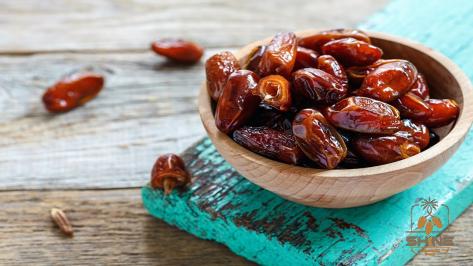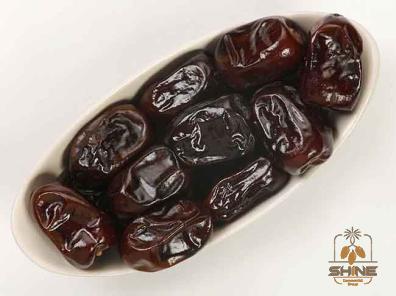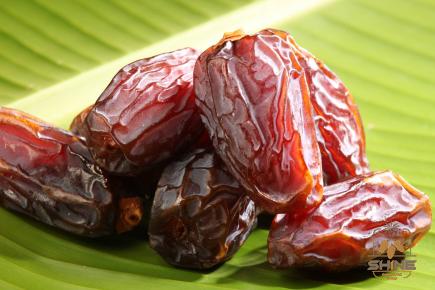You have probably seen ingredients like date sugar in recipes for different types of sweet desserts which seem healthy. But are they good or bad for you or not? Which is the correct answer?
Sugar is sugar, that much is obvious, but the majority of these recipes boast that they are “so much more beneficial for you. There are many different types of sugar, including cane sugar, raw sugar, and powdered sugar.
Sugar can be found in honey, maple syrup, and agave nectar. Both date sugar and coconut sugar also contain sugar in addition to their other components.
These last two have a few elements that make them slightly more nutritious than the white stuff in the sugar bowl, despite the fact that the white stuff has been bleached.
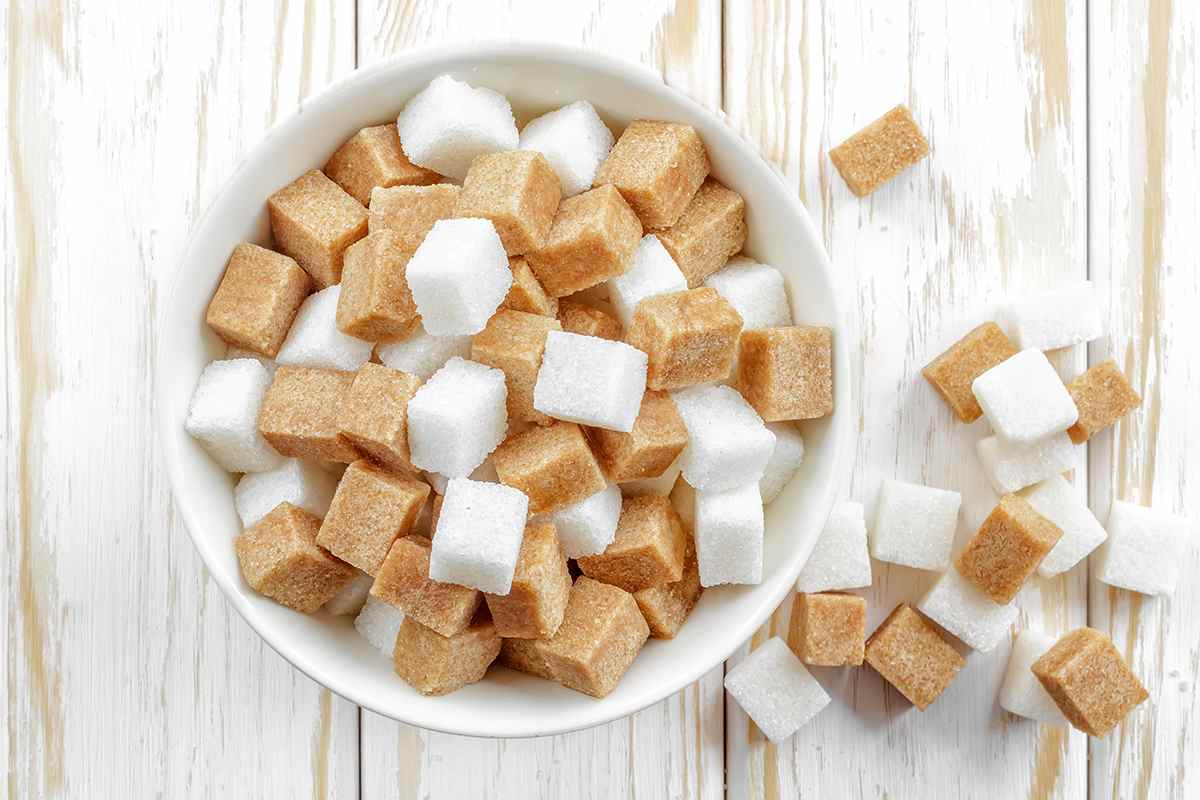
Coconut sugar is made from the sap collected from the coconut palm tree’s flowers. When the sap is cooked down into syrup, the sugars start to caramelize, giving the syrup a rich, deep golden brown color.
The syrup is then allowed to cool before being either broken up into blocks or ground into granules. The majority of table sugar is whitened, even though this process is comparable to making sugar from the cane.
While coconut sugar also has a distinct caramel flavor and tang, white sugar and brown sugar each have a distinct sweetness.
Coconut sugar is frequently called for in recipes with a healthy focus. Its lower glycemic index than either white or brown sugar makes it a better choice for people who are worried about their blood sugar levels. It can be replaced with sugar, either white or brown, at a 1:1 ratio.
The batter will become more sand-like in consistency, and the final color of the bake may be a little darker, but none of these changes will have any impact on the flavor.
Although coconut sugar has a little lower sugar content than white sugar (four grams per teaspoon as opposed to 4.2 grams for white sugar), it has no appreciable impact on the food’s overall sweetness.
If you have no health issues related to high or low blood sugar, there is no reason to think that coconut sugar is better for you than any other type of sweetener.
You may experiment with the sweetener as much as you like in your cooking and baking, though, since there is no good reason not to use it.
Date sugar’s main component is dried dates that have been ground into granules. Due to the fact that date sugar is produced entirely from the date fruit, it is praised for possessing the fiber and antioxidants that are found in dates.
Date sugar can still be used as a sweetener because a standard deglet noor date contains between 4 and 5 grams of sugar.
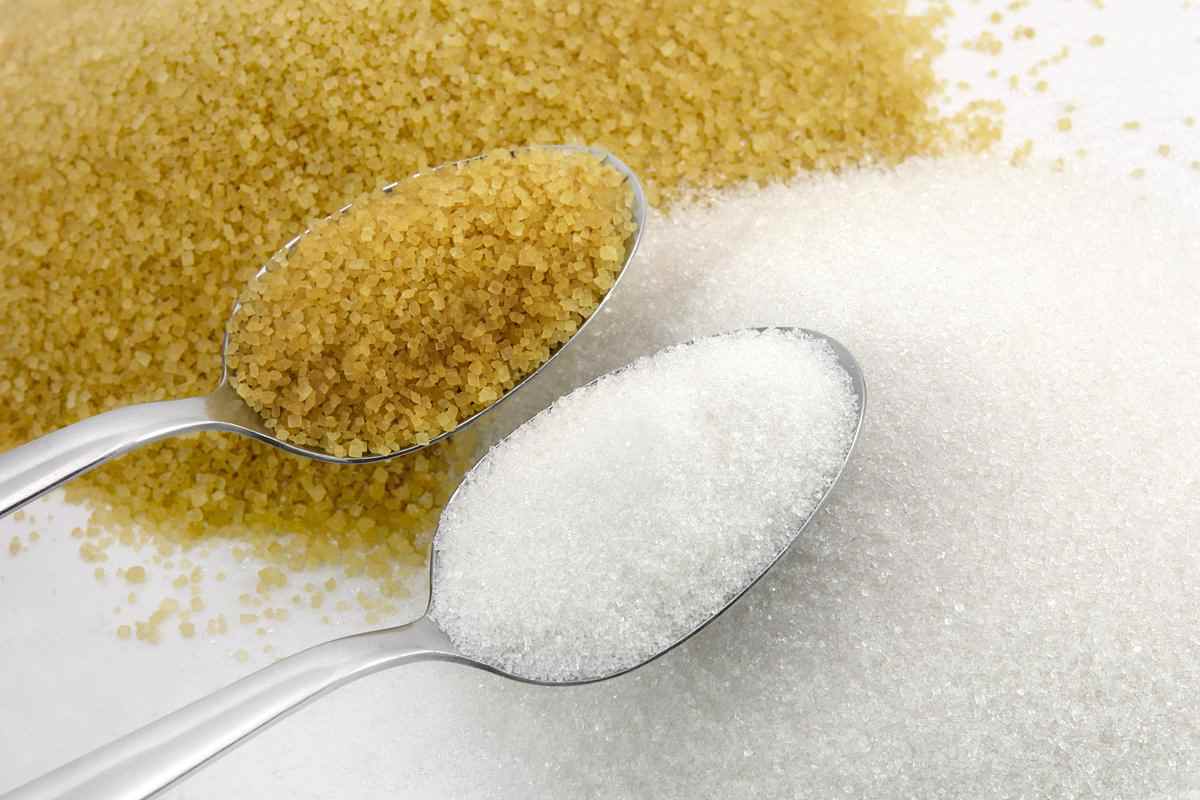
Date sugar’s composition clearly contains less sugar overall than white sugar when compared side by side (1 teaspoon date sugar has 3-4 grams of sugar depending on the brand).
While date sugar can be used in place of white or brown sugar when baking, the final product might not be as sweet as it would be if the other ingredients were used instead.
Despite maybe having a little higher concentration of nutrients than its more popular equivalents, date sugar is not regarded as “healthy,” much like coconut sugar. On the other hand, it has a delicious flavor that is caramel-like and may be used in cooking and baking.
One advantage of utilizing date sugar is that since it is made from pulverized dates, all of the fruit’s fiber is retained in the finished product.
Fiber has the ability to help slow the digestion of meals, which may lead to fewer blood sugar spikes and a more steady release of energy.
Fiber may also help with bowel motions. Additionally, fiber has been shown to reduce the chance of getting colon cancer. As a result, date sugar is a healthier substitute for other sugars.
Again, one of the benefits of date sugar is that it is not processed in any way (other than crushing or grinding the fruit), so it still has all of these minerals.
This is so because the fruit isn’t otherwise processed. If you’re looking for a sugar kind that will increase the number of vitamins and minerals you consume each day, date sugar will be your best option.
Dates have significant levels of flavonoids, carotenoids, and phenolic acid, which are just a few of the numerous antioxidants that dates are rich in.
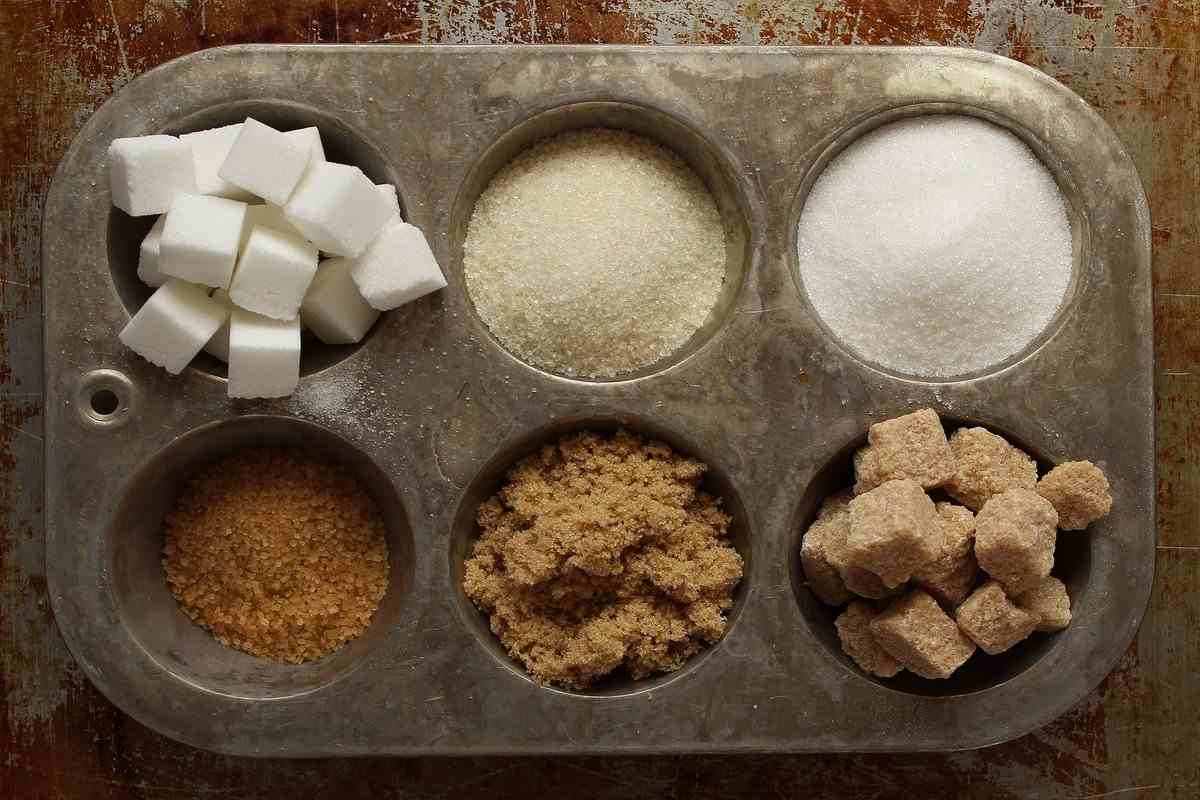
These antioxidants may assist in defending your body against disease and harm brought on by “free radicals,” a term that is frequently used in the scientific community.
Numerous cancers, cardiovascular illnesses, Alzheimer’s disease, diabetes, macular degeneration, and other conditions have been linked to lower antioxidant intake.
Date sugar is a great way to increase your daily intake of antioxidants because dates have more antioxidants than the majority of other dried fruits.
Foods with a lower glycemic index cause blood sugar levels to rise more gradually because the digestive system breaks them down into glucose more slowly.
The glycemic index of date sugar is lower than that of other types of sugar; whereas white sugar has a GI of 80, date sugar only has a GI of 23.
This is due to the high fiber content of date sugar. Date sugar might be a great choice for you if you are worried about your blood sugar levels because the lower the GI number, the better.
One of the most delicious ways to use this sweetener is in baking. Its flavor profile is similar to brown sugar’s, despite the fact that there is much debate over the ideal substitution ratio.
A 1:1 ratio is simple to implement (substituting 1 cup of date sugar for 1 cup of brown or white sugar).
It’s recommended to substitute date sugar, according to some, in a lower ratio, such as 2/3 cup date sugar for every 1 cup of brown or white sugar because it has a sweeter flavor profile.
If the texture is your main focus, a 1:1 ratio is simple to implement (substituting 1 cup of date sugar for 1 cup of brown or white sugar).
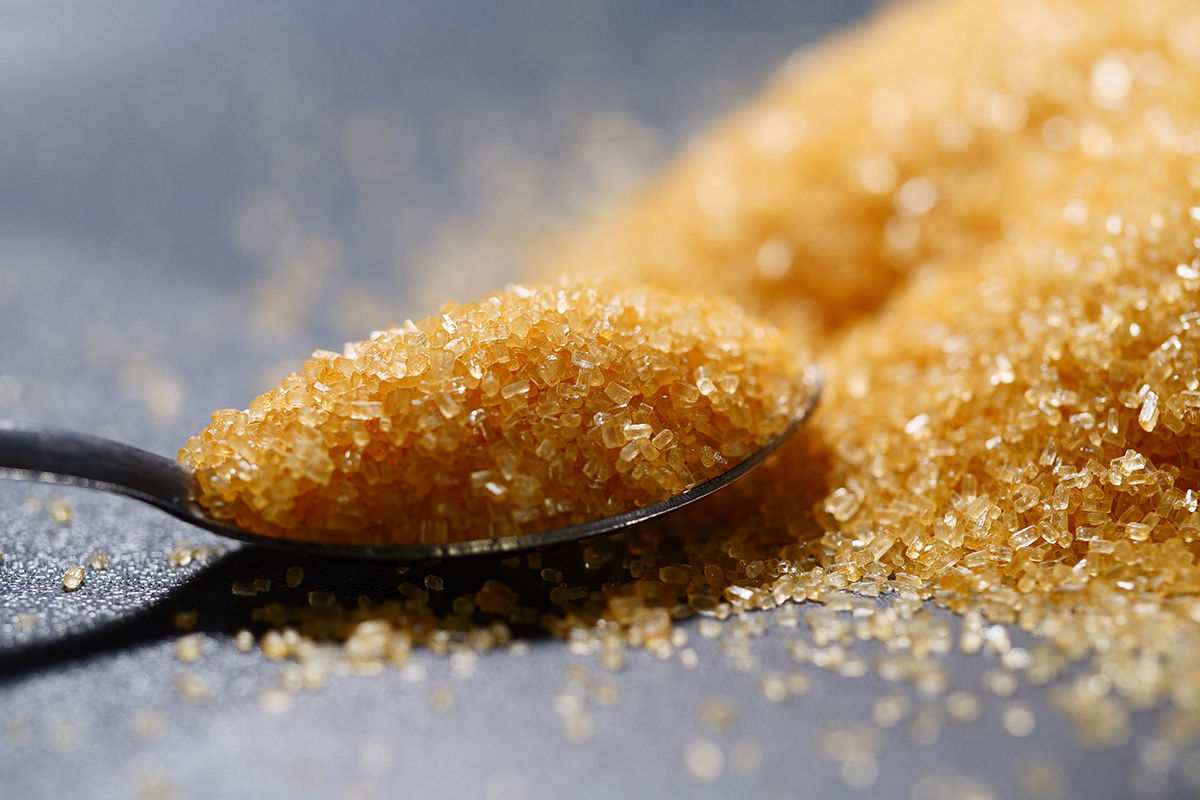
It is best to run your own experiments to ascertain which ratio would produce outcomes that are most appropriate for your needs.
Another benefit of date sugar is that, unlike other types of sugar, which would require significant effort to prepare in your kitchen, it is simple to make on your own with very little effort. This is one of the advantages of date sugar.
You only need dried dates (easily found in most grocery stores.) The dates must first have their pits removed before you can continue to dry them in an oven or a dehydrator until they are firm.
They must then be processed in a food processor, blender, or even a coffee grinder until they have the desired fine and granular consistency after being allowed to come to room temperature.
This approach is the easiest there is, and if you appreciate having complete control over the ingredients you use to make your meals, it can be the best option for you.
You should definitely take advantage of all the advantages that date sugar has to offer, whether you’re attempting to consume fewer processed and refined sugars, more whole foods, or you just prefer the idea of your sweetener packing a nutritional punch.
Which other sugar offers such a remarkable nutritional profile that goes beyond just providing extra calories the body doesn’t require? What other varieties of sugar are so simple to make in your own kitchen?
What other kind of sugar can boast of having such a high fiber content? Date sugar is unquestionably a valuable addition to any kitchen’s stockpile and is strongly advised, even if you merely have it on hand to sprinkle over your oatmeal.
